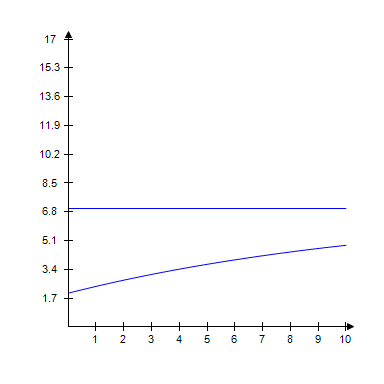A lizard is growing toward a maximum length of 7 inches. The table below shows the difference  between the maximum length and the length L, in inches, at age t years.
between the maximum length and the length L, in inches, at age t years.
t 1 2 3 4 D 4.60 4.23 3.89 3.58?
A: Find an exponential model for the data. Round your answer to two decimal places, if necessery.B: Find a formula that gives the length L after t years. Round your answer to two decimal places, if necessery.C: Make a graph of L versus t over the first 15 years. Include the horizontal line representing the maximum length.D: According to the model, how long was the lizard at birth? Round your answer to two decimal places.
What will be an ideal response?

?
B:
?
C:
?
?
D: 2.00 inches
You might also like to view...
Sketch the line with the given slope and y-intercept.m = 0.6, (0, 0.7)
A. 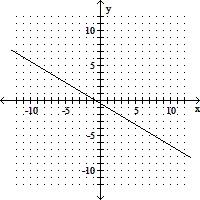
B. 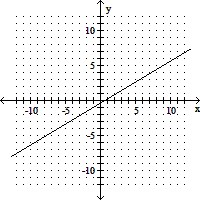
C. 
D. 
Approximate the circumference of the circle using 3.14 for ?.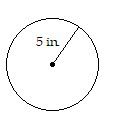
A. 16.2 in. B. 32.4 in. C. 15.7 in. D. 31.4 in.
Solve the problem.The accompanying tables represent a function f that converts seconds to hours and a function g that converts hours to days.
 Express (f -1?g -1)(x) symbolically.
Express (f -1?g -1)(x) symbolically.
A. (f -1?g -1)(x) = 86,400x
B. (f -1?g -1)(x) = 
C. (f -1?g -1)(x) = 
D. (f -1?g -1)(x) = 86,400x2
Match the graph to the function listed whose graph most resembles the one given.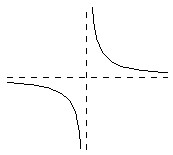
A. square root function B. reciprocal function C. absolute value function D. square function

